Towards the end of October, Lincoln had just returned from his morning walk with the other pups. They were all playing as they do post walk. He turned suddenly and yelped. Unfortunately Lucy was hot on his heels and couldn't stop, so knocked him in to the fence. He was instantly on 3 legs. I gave him the benefit of the doubt for 15 minutes, and when he didn't start to place his foot on the ground organised for Dr Jacqui to check him.
He had dislocated his knee. The following day we did x-rays and could not identify any other problems. We crossed fingers and initiated crate rest. 2 weeks later he was not improving so went to surgery.
His patella itself had been damaged, we deepened the groove and tightened the surrounding tissue. Strict post op crate rest continued. All went really well and 24 hours later he was walking, and 4 days later almost without a limp. Unfortunately he literally went to bed night 4 and woke up lame day 5. So back to surgery, this time 2 pins were added to stabilise the knee. All good again....until 1 week post op, and a noticeable lump became obvious on his knee along with swelling. He had dislodged one of the pins. So back for surgery number 3 to remove the pin.
We are now a few weeks post his 3rd surgery. He is still on crate rest which means he is either in his pen/crate or on leash and attached to the bed under supervision. He has 3-4 toilet walks each day that last for a few minutes.
Things that helped him through his surgery and the beginning of this recovery process.
Being comfortable toileting in his own yard and on lead as well as having a toilet cue. Mine is "hurry up".
Many dogs are not comfortable toileting on leash, and many more will only toilet outside there yards on walks.
Neither of these scenarios would have been helpful. Teaching this is easy, especially from puppy hood, where the release from the leash in the puppy scenario can be part of the motivating reward.
Cooperative care training - he is comfortable with restraint, wearing an elizabethan collar, wearing a muzzle (it wasn't needed but I believe all dogs should be trained for it), being poked and prodded, confinement etc.
Lincoln also has had regular laser therapy as this is something I invested in initially for Poco and his back. It is helpful having it for use at home.
He has struggled with his high energy levels, so in conjunction with his behaviour veterinarian we added or increased medication to allow him to be that little bit calmer.
We also used adaptil, zylknene and inner winner CTFD..... legit that is its name.
Other things we have been able to incorporate to aid in calming and working his brain include using enrichment feeding, lick mats, snuffle toys (balls, bowls, pouches, mats and walls), kongs, lots of long lasting chews, and training.
Initially the training he could do consisted of basics such as sit, look, down, shake a paw, chin and nose targets etc. Anything that didn't involve movement. Now that he is attending physio therapy I use a lot of targeting or shaping behaviours to achieve the physiotherapy task. This kills two birds with one stone.
I have also added in a scent wall, so that he can do some scent training, in a small space with minimal movement, but with a number of areas to search. This was originally a peg board from Kmart and I added corflute to the back to stop things falling through the holes. He loves it...as do the other pups. The bonus of this is a few searches, takes no more than 5-10 minutes and he is one very tuckered out puppy.
We have also been brining home odours from our walks - usually on rags, but sometimes random sticks/leaves that the other pups have shown interest in.
Lincoln will continue in physiotherapy and hydrotherapy for some time. I am fortunate that he knows both Lindsey and Lisa from his puppyhood and previous fun walks/swims. He is always happy to see them. Lisa has also been wonderful in introducing him to the underwater treadmill at his pace and we have been able to use ball play as a motivator for him (he is 100% more toy motivated than food motivated).
Meanwhile, I introduced a new remote feeding toy for him. This is in his larger pen/crate as this is where he is left when I have to go out. It is called the Pet Cube Bites - it has been great, in that it is in his pen, I can access it from anywhere (at home or out and about). Through the machine I can dispense a few rewards, talk to him and also get notified of movement or noise alerts. The pen also has foraging activities, comfortable bed, fresh pawta potty every 2 weeks as a toilet, that he hasn't used and sleeps on instead, water etc.
So I guess the biggest take home from this. You never know what is around the corner. I suggest making sure that part of your weekly training schedule includes things such as cooperative care, separation, handling and so forth. It has been so much easier than I had imagined with Lincoln already being comfortable with this.
Lets hope 2021 is a better year for all!
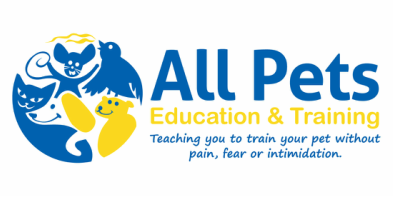
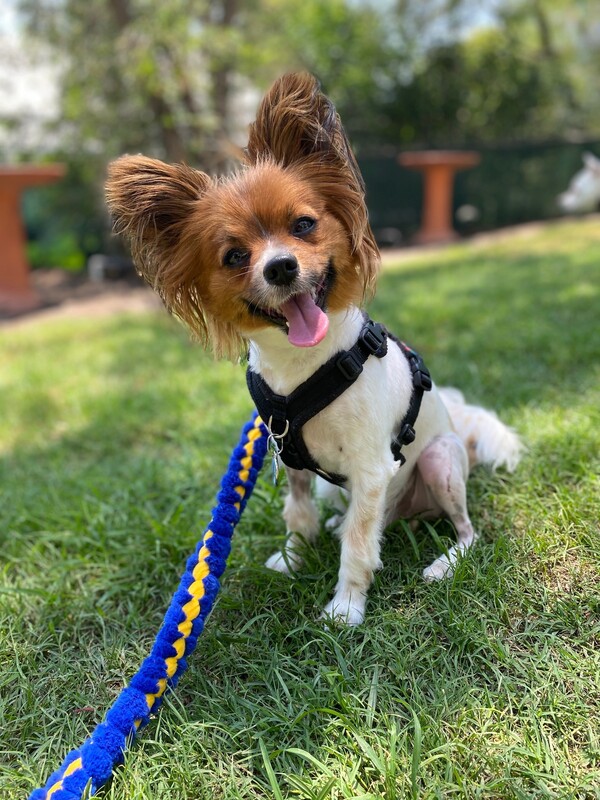
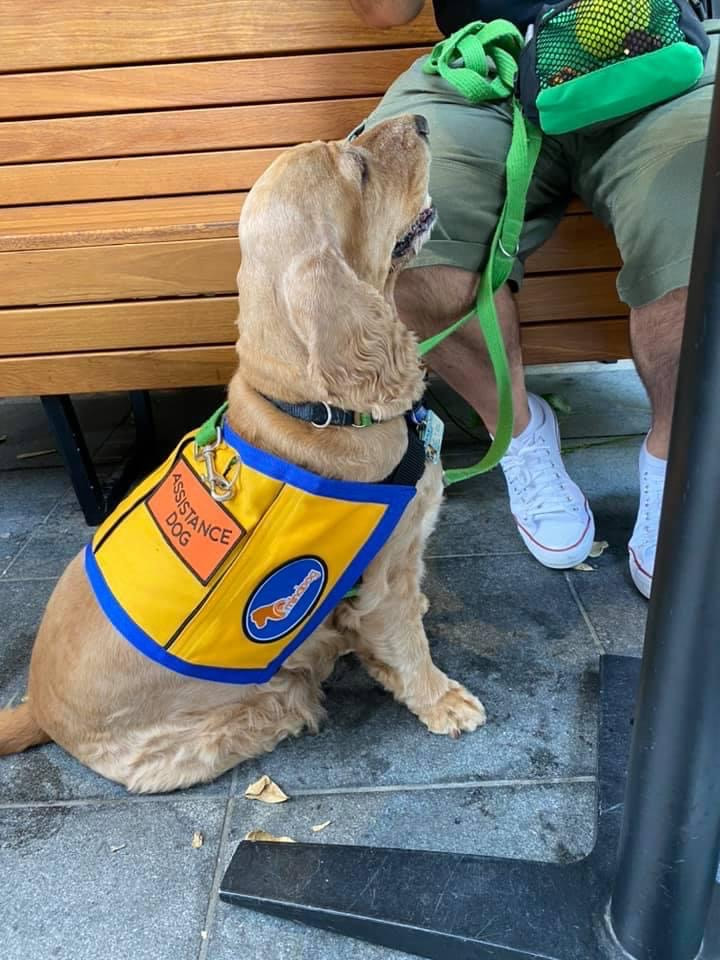
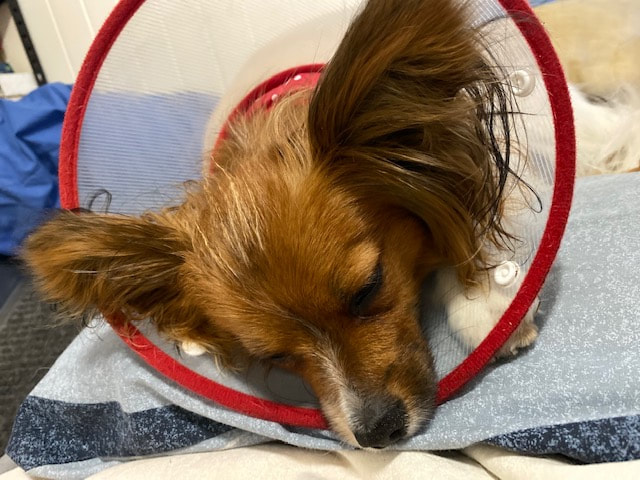
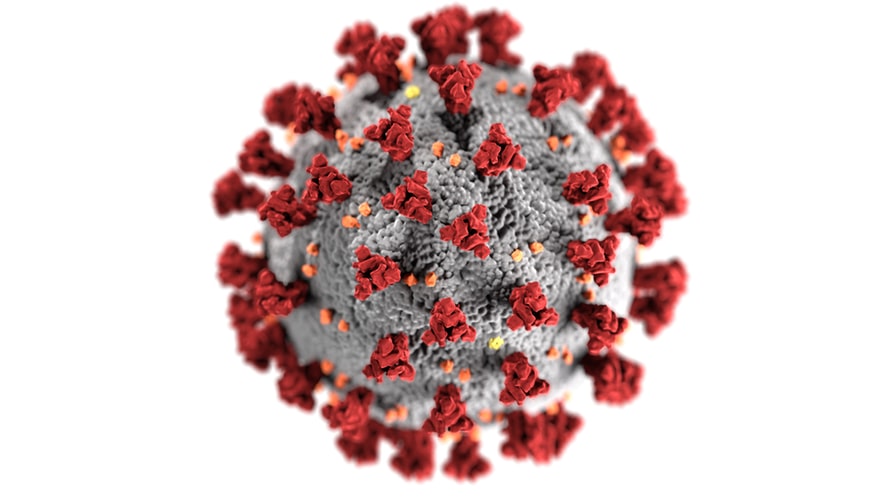
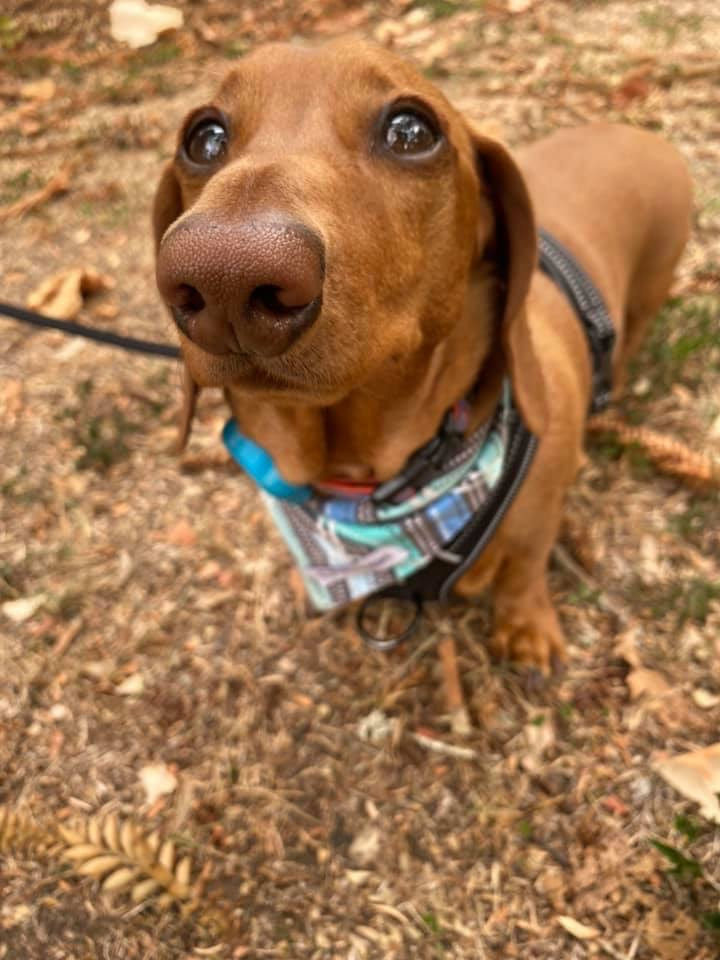
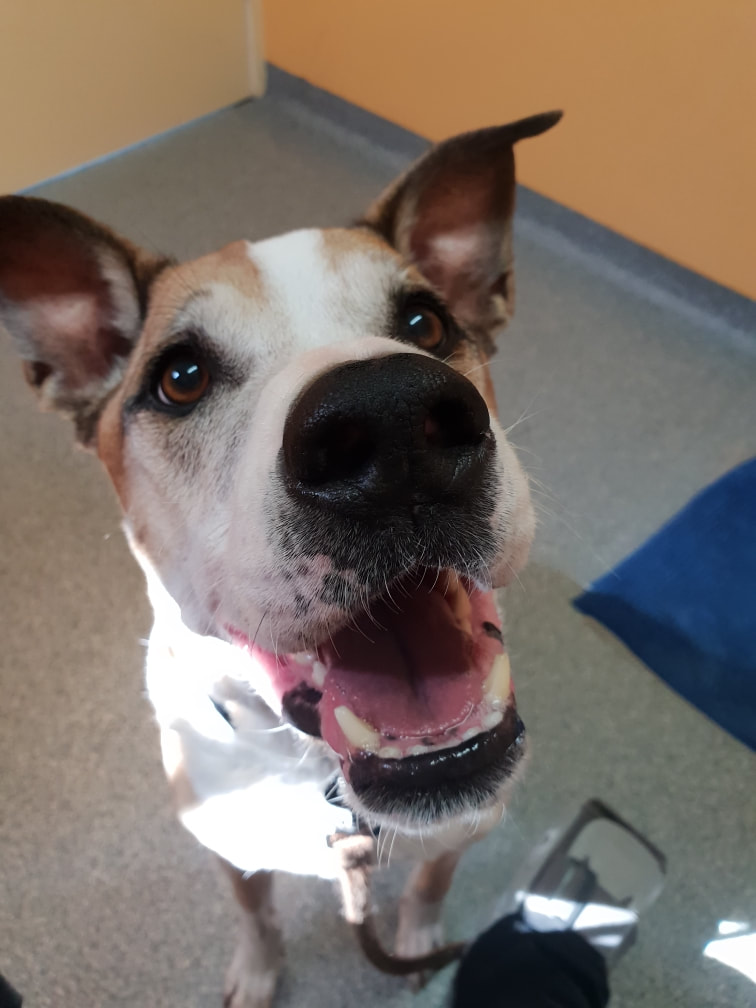
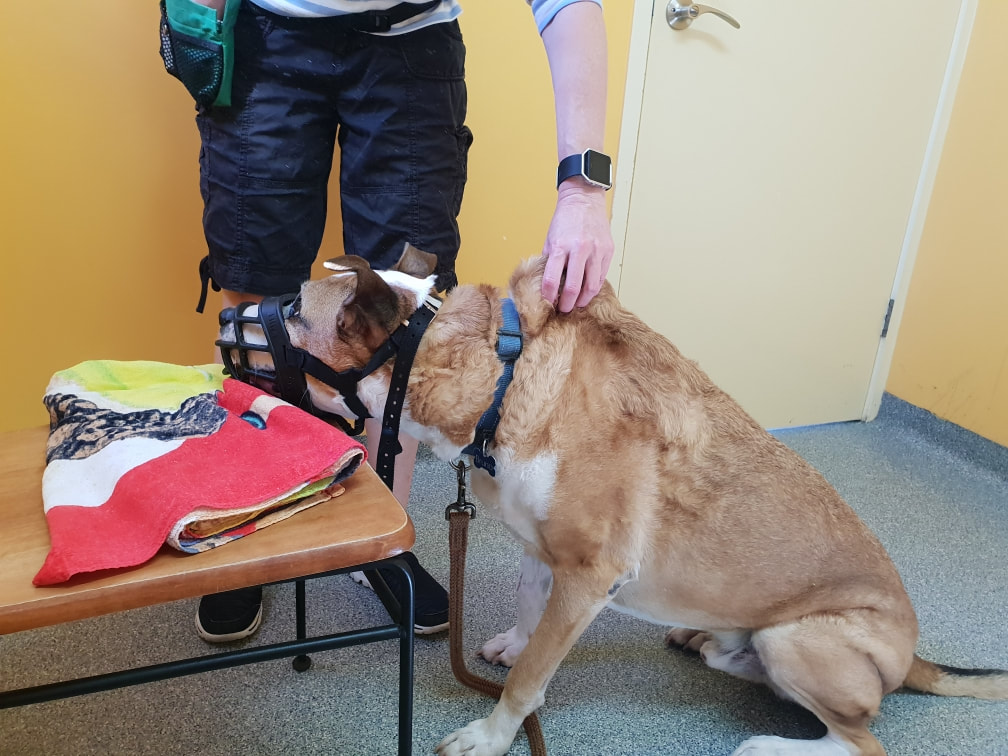
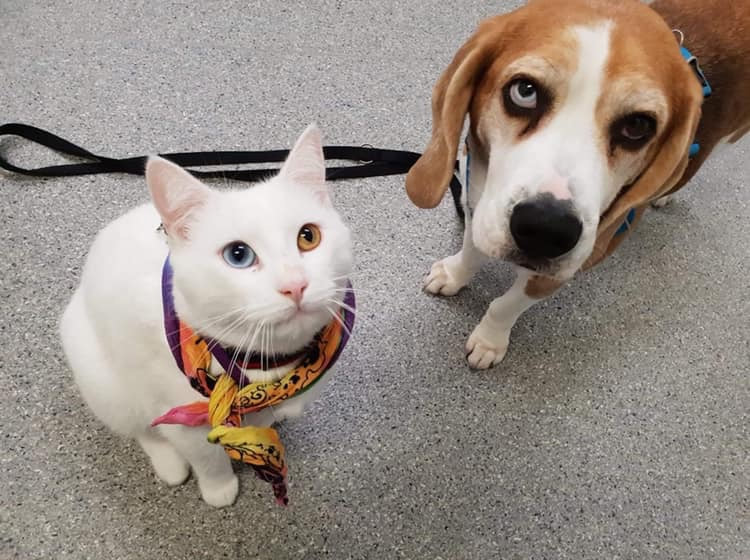
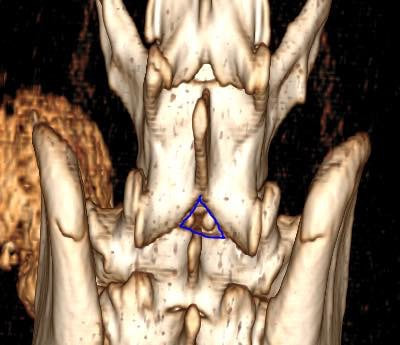
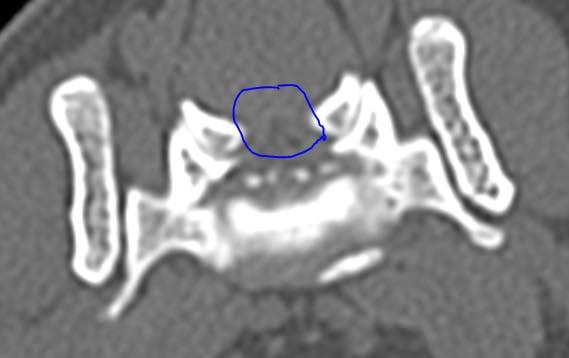
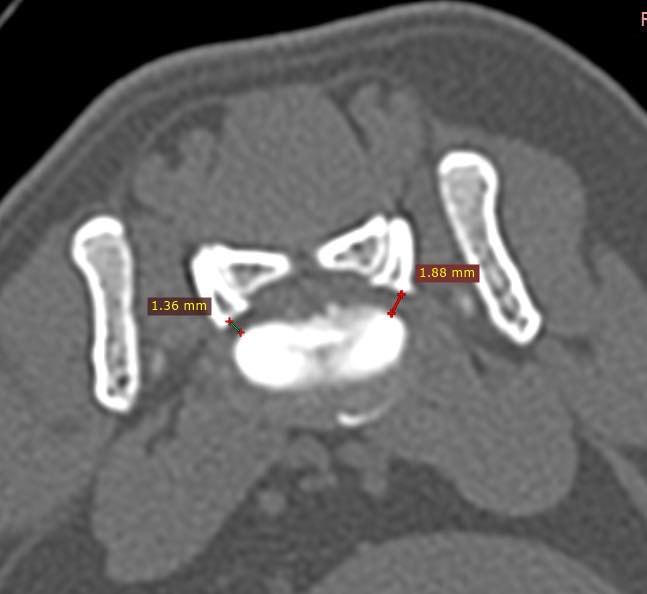
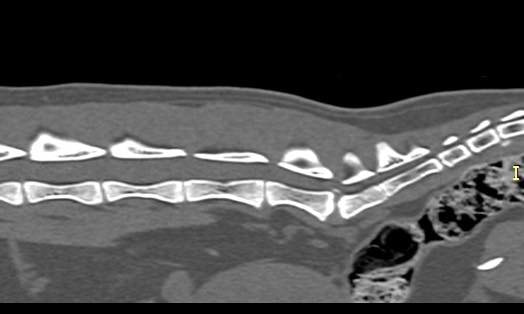
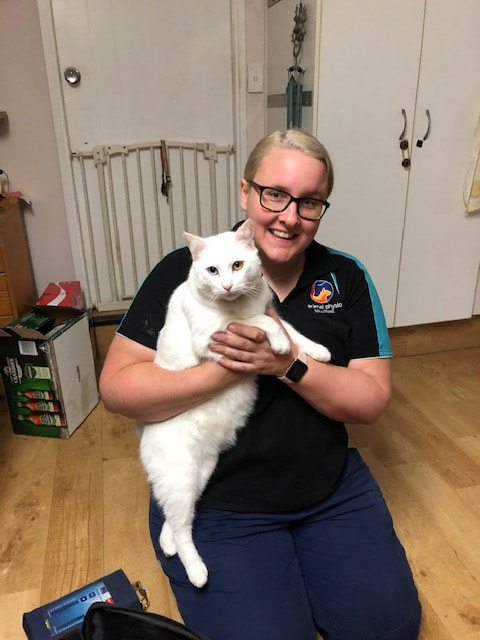
 RSS Feed
RSS Feed